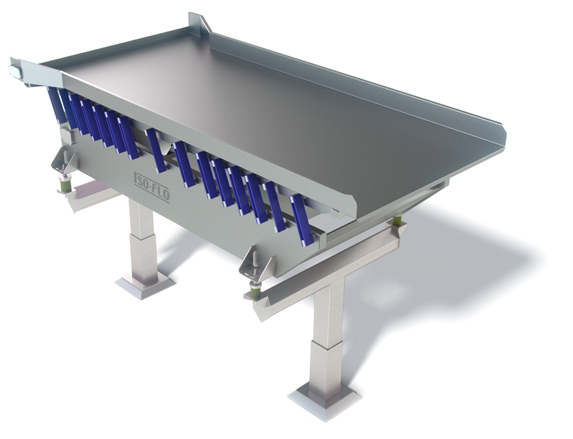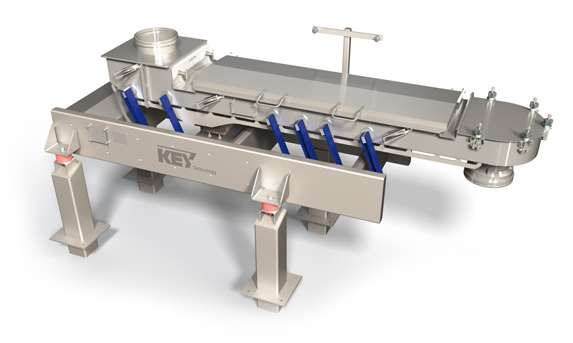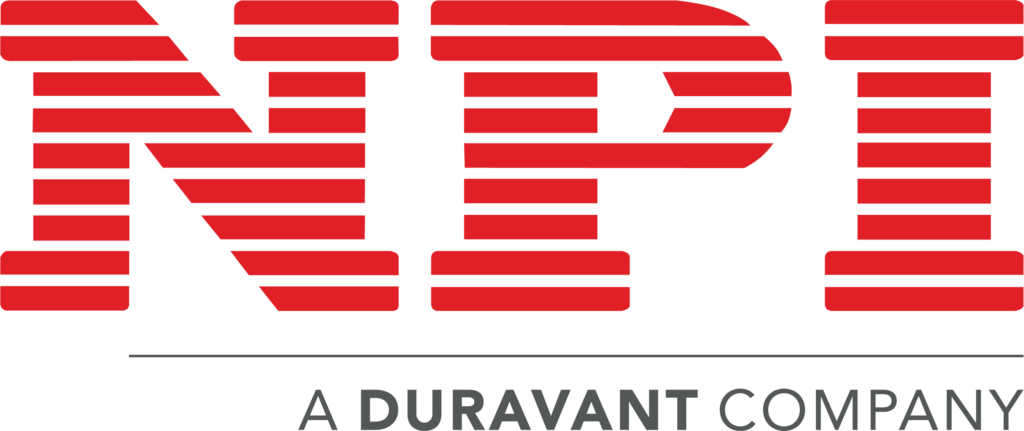The Duravant family of operating companies serve the food processing, packaging and material handling segments.
Let’s Talk Shakers : Tips to Tune & Maintain your Iso-Flo and Impulse Conveyors
March 2022
Vibratory conveyors, also known as shakers, are the highways in your plant. The success of all downstream equipment depends on how the product is carried and fed by the shakers. A strong maintenance program is critical to the success of your line.
In this month’s Service Advisor we will cover maintenance best practices for your Impulse conveyor, and share tips on how to tune your Iso-Flo.
Remember, before you begin, it is important to understand your unique maintenance needs. Take time to read and understand your equipment’s Technical Manual, which can be found online.
Keeping Your Iso-Flo In Tune

Your vibratory conveyor was designed to operate at a specified stroke and speed (RPM) for the product you process. Over-stroking will cause the arms to wear out faster and could potentially damage the bed or frame. (Refer to your drawings for the design stroke and speed for your shaker.) The spring arms should be checked regularly for wear and breakage.
Here is a Quick Tune Procedure for Iso-Flo Shakers:
- Inspect the bed for product build-up
- Make sure that all accessories are tight
- Check the actual RPM and stroke
- Adjust RPM to match specified RPM, if necessary
- Inspect shaker on a regular basis (daily is recommended)
- Maintain a record of the inspection, including speed and stroke
The design stroke is NOT the same as the “Max Stroke” that is stenciled on your shaker’s frame. The Max Stroke is the upper limit that the shaker should not exceed. You should never allow your shaker to operate at this limit for extended periods of time. Continued operation at or above this limit will cause damage.
Tips to Help Maintain your Impulse Shaker

Impulse shakers are typically used where gentle product handling and precise metering are important. Precisely controlling product flow is dependent on the shaker running in tune. Tuning the Impulse Shaker consists of adjusting the speed and stroke to match the specified design speed and stroke listed on the equipment drawings.
Prior to tuning (see Technical Manual for detailed procedure) inspect the shaker for cracks to the frame and bed, ensure product build-up is removed, tighten all loose bolts or clamps, check the weight distribution on all four rubber isolators, and verify that you are using only Key Technology arm springs.
Turn on the shaker and verify the stroke reading from the stroke indicator. If it is operating at design stroke it is ready to use, if not, follow the tune-up procedure in the Technical Manual.
If welding on or around the Impulse shaker, disconnect the green connectors on the front of the Impulse controller. This ensures that the controller, accelerometer, and magnet are protected. Ensure your welder is properly grounded to the shaker you are working on.
DO NOT modify the shaker bed without consulting Key. Impulse shakers are very weight sensitive and will have ot be replaced if modifications are made without a proper engineering review.
If an error appears on the display of the controller, the error disable the controller. Parameter C009 is used to reset the error and enable the controller.
Once again, please refer to your technical manual for specific instructions on caring for your material handling system. To access our technical manuals, visit www.keytechnicalmanuals.com.
Don’t forget – if you have questions, we are here to help!
Contact us to learn how Key equipment can improve food safety in your processing facility.












